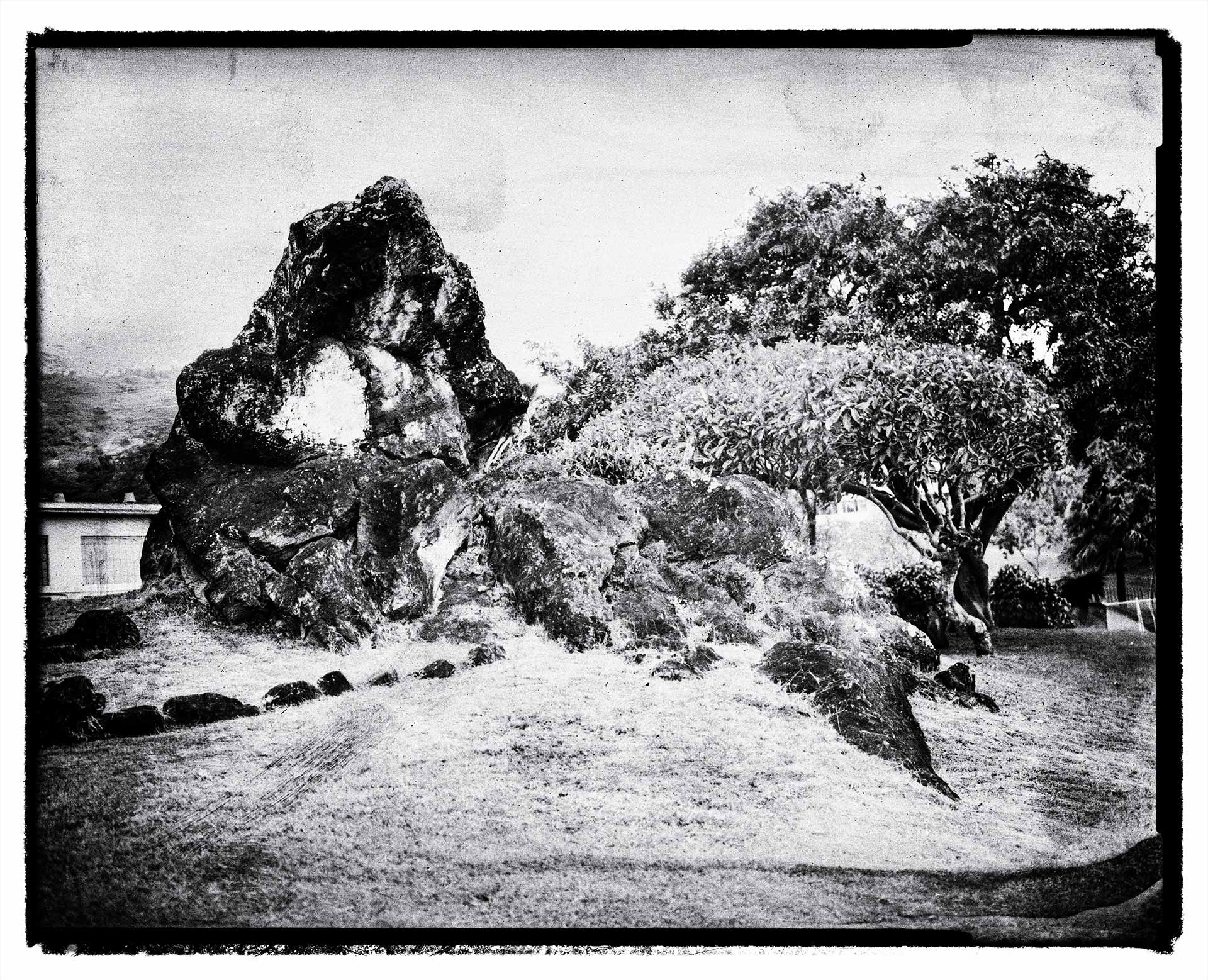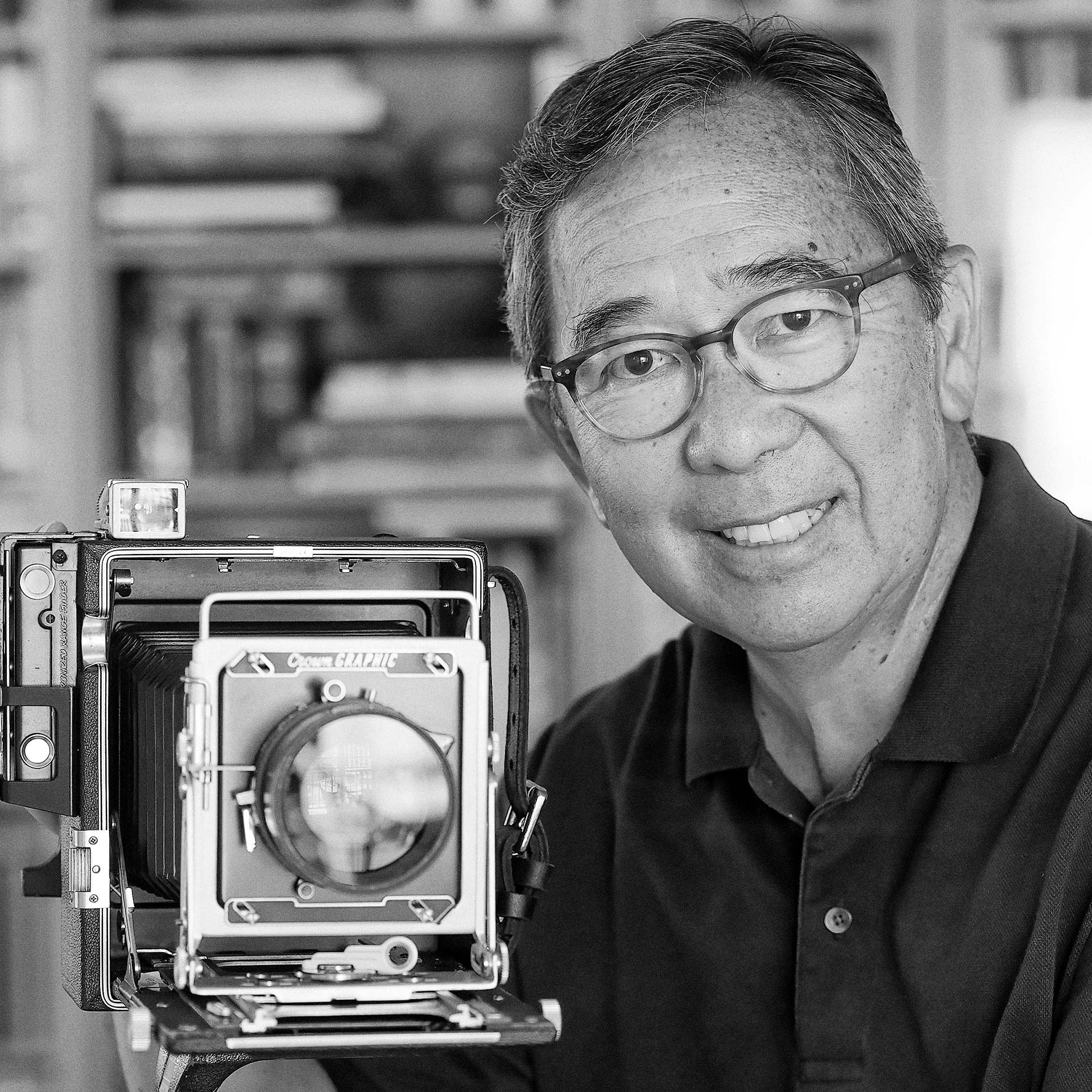For 45 years, Floyd Takeuchi ’71 has been on a mission to showcase Micronesia’s beauty, culture, and rich history to the world through his work as a journalist. He has been a voice for the region with passion and dedication, sharing its stories and significant milestones with audiences far and wide.
Born and raised in the capital city of Majuro, Takeuchi developed a deep affinity for the people and cultures of the Marshall Islands and surrounding islands in Micronesia. Throughout his impressive 45-year career as a journalist, he has shared this region’s rich history, traditions, and landmarks with the world.
As a testament to his unwavering commitment, The Congress of the Federated States of Micronesia recently passed a resolution expressing gratitude for Takeuchi and his invaluable contributions to the region. His dedication and passion are truly inspiring.
Takeuchi’s exceptional journalism career was highlighted in the December/January 2023 issue of Hana Hou Magazine by Hawaiian Airlines. In addition, his groundbreaking photo exhibit “The Micronesians” was featured in the December 2022 edition of Hawaii Tribune-Herald magazine, featuring portraits of nine exceptional women of Micronesian ancestry donning the signature “Micronesian skirt.” Takeuchi’s work challenges viewers to reconsider their stereotypes about this immigrant group.
Takeuchi’s journey began at Mid-Pacific during his freshman year, where he discovered his passion for photojournalism. When asked about his experience, he reflected on the teachers who had a significant impact on his career choices and shared his treasured memories of Mid-Pacific.
You were born and raised in Majuro, then moved to Maryland before your family eventually settled in Saipan. During your high school years, you attended Mid-Pacific and lived in the dormitory. What were your impressions of Oahu? Mid-Pacific?
When my grandfather dropped me off at Wilcox Hall in August 1967, I was probably as totally unprepared for life at Mid-Pacific as a freshman could be. I had visited my grandparents, of course, but this was the first time I was going to live in Hawaii. So there I was, a Japanese American in a school with a student body still predominantly Japanese American, and I spoke with a Baltimore accent, didn’t know how to use chopsticks very well, and didn’t have a clue how to translate Pidgin English. But I was already used to being an odd man out – whether as an American expat in the Marshall Islands, where I was born and raised, or being one of only four Asian Americans at Public School 245 in Baltimore, Maryland. I did then what I was to do many times in my life, learn to suck it up and try to make the best of a personally challenging situation. That said, it took me the entire freshman year before I began to think I might have a future at Mid-Pacific Institute.
Was this the first time you lived apart from your family?
Like most of my classmates, it was my first time living away from my parents. But in retrospect, that was the easiest part of my transition to dorm living. I was quick to pick up how to make a hospital corner bed, and being taught to use Pine Sol to clean a urinal for morning inspection was a very effective way to keep us humble. To this day, I still do my own laundry and iron my own shirts. Actually, in a funny way, it’s still a point of pride with me.
What is your favorite dormitory memory?
Live four years in a dorm as a teenager and you’re bound to have lots of memories, good and bad. But the memory that sticks with me the most is how I almost was kicked out of Mid-Pac a few days before I was to graduate in 1971 because of a dorm incident. That was when Carl Wheeler, then the headmaster, came across me having a late-night chat session with a classmate, talking about what the future might hold for us. The problem wasn’t the late-night gab session, even though it was way after lights out. It was because I was holding that particular gab session in Atherton Hall, the girls’ dorm. The next morning Mr. Wheeler called me into his office and told me he was going to let me graduate despite the serious infraction of campus rules, but I’d have to stay off campus. So off I went to my grandparents’ home in Pearl City, to be greeted by great disapproval by my grandmother. In fact, she told my brother, who was a year behind me at Mid-Pac, “Gary, you’re a good boy, not like your brother.” Of course, he never thought it was necessary to tell her that he (and a whole bunch of other guys), were also in the girls’ dorm. But they heard I got busted, and were hiding under beds and in closets when Mr. Wheeler conducted his late-night inspection. Many years later, when I was the president of PacificBasin Communications, then Hawaii’s largest consumer magazine publishing company, I opened the Honolulu Advertiser one morning to see a column by Mr. Wheeler. He wrote about his 40 years in education, and how as a teacher you knew certain students would go on to excel in life. And to my surprise, Mr. Wheeler included me in a list of Mid-Pac grads who had gone on to bigger and better things. I feel blessed that my parents were still alive and read the column.
How did you and your classmates feel during graduation, given that the war was ongoing and you were the last class eligible to be drafted?
It was impossible to be a high school student in the late 1960s and not be touched by world events. For the young men in my class, the Class of 1971, there was the added weight of knowing that we’d be the last American males drafted. The last call up happened in Spring, 1972. By that time, there were no deferments. If your birthday came up in the first 100 dates pulled in the draft lottery, you were going to be drafted short of having a physical condition that prevented you from serving. By then, I was a college freshman. My birthdate was number 155. I was off the hook but I knew college classmates whose birthdays made the cut. Some of them went slightly mad the next day, one fellow in particular who marched around campus wearing a garrison cap.
Did any of your teachers, faculty members, or coaches significantly impact you as a student and encourage you to pursue a career in journalism?
I credit two Mid-Pacific teachers with providing the guidance that led to having (to date and counting) a nearly 50-year career in journalism and photography. The first is Maxine Hong Kingston, who was the faculty adviser for Na Pueo, the school paper. Max, as we all called her, went on to have an illustrious career as a writer. But at Mid-Pacific, she was an English teacher who could fill a student with courage and pride with the gentlest of praise. She taught me to love the written word. As for photography, I have a debt of gratitude that can never be repaid to Joe Bender. He was a math teacher at Mid-Pac, and had served in the Navy during World War II as a photographer. In high school, Mr. Bender ran the darkroom. That’s where I really learned to love photography. But more importantly, after I came back for graduate school and afterwards, he would invite me to his charming home in lower Manoa, a house where he and Alice had a picture postcard view of Diamond Head from the living room. Both of these remarkable teachers had a special gift – they treated me as an adult with talents to share with the world. If I’ve been successful in journalism and photography, it is because those two teachers (and Carl Wheeler) believed in me so much that I believed in myself.
As a well-known photojournalist who attended Mid-Pacific, could you share with us which building or place on the campus you consider to be the most iconic among yourself and your classmates?

Class Rock by Floyd Takeuchi ’71
To view some of Floyd Takeuchi’s favorite photography pieces from his life’s journeys, please visit the following link: https://gallery.midpac.edu/Alumni/Photos-by-Floyd-Takeuchi-71/n-8FWpfR/.

